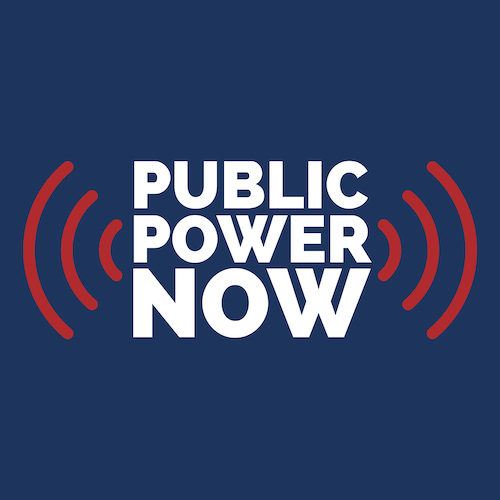The Los Angeles Board of Water and Power Commissioners recently approved a $195 million investment to expand the Los Angeles Department of Water & Power’s Demand Response portfolio and create new programs that aim to increase the department’s current performance-based capacity by more than 400 percent from 80 MW to 340 MW.
This investment, through 2031, marks a significant step forward in the Department’s comprehensive strategy to transition to 100 percent clean energy while ensuring grid reliability and bill affordability, the California public power utility noted.
Homeowners and businesses will have greater opportunities to conserve energy and save money on their electric bills, especially during periods of high demand, through the following programs available in 2026:
• Power Savers Program Expansion
• Will expand the program from 42 MW performance-based capacity to 100 MW
• Commercial and Industrial Demand Response Program Expansion –
• Will expand the program from 38 MW to 220 MW—nearly six times its current size
• New Commercial Electric Vehicle Managed Charging
• Adding 5 MW of capacity and will help commercial EV operators charge their vehicles more efficiently and maximize benefits of managed charging for the businesses through advanced technology
• New Residential Electric Vehicle (EV) Managed Charging Program
• Adding 10 MW of capacity and will help homeowners charge their homeowners during off-peak hours while saving money on energy costs
• New Internet-of-Things Device Based DR Program
• Adding 5 MW of capacity by enrolling smart devices like refrigerators, dryers, washing machines, and window air conditioning units to reduce energy use during peak times
In addition to these new programs, LADWP is also investing in a centralized Demand Response Management System (DRMS).
This modern integration platform will enhance how LADWP monitors and manages demand. The DRMS will give operators better tools to coordinate resources during peak periods, improving reliability, responsiveness, and overall grid efficiency. While distinct from customer-facing programs, this new system is a key foundation for optimizing LADWP’s entire demand response portfolio and supporting Los Angeles’ clean energy transition.
“These demand response programs bring all around benefits to our customers by protecting our electrical infrastructure in periods of high demand, further empowering our customers to manage their electric consumption, and reducing energy costs,” said LADWP CEO and Chief Engineer Janisse Quiñones. “Demand response and other energy efficiency measures also help advance our decarbonization goals and directly support our sustainability objectives as a city.”
“As we are working on this transition to clean energy, it’s often renewable energy projects and new projects that we are building that are flashier and get a lot of attention,” said Board of Water and Power Commissioner Nurit Katz. “But efficiency, conservation programs, programs like demand management are absolutely the backbone of any sort of decarbonization effort and transition from fossil fuels.”
Demand response plays a vital role in L.A.’s transition to carbon-free energy, ensuring power system resiliency while providing one of the most effective and immediate ways to reduce reliance on traditional power sources during peak demand periods.
As customer habits and preferences continue to evolve—shaping how they power their homes, businesses, and lifestyles—the newly approved DR portfolio delivers customer-focused solutions to build a greener, smarter, and more resilient Los Angeles.
Complementing this investment in demand response, the Los Angeles Board of Water and Power Commissioners also approved the Scattergood Generating Station Units 1 and 2 Green Hydrogen-Ready Modernization Project.
This initiative is designed to enhance grid resiliency and reliability and is part of a broader strategy of diverse investments aimed at achieving a carbon-free future.

